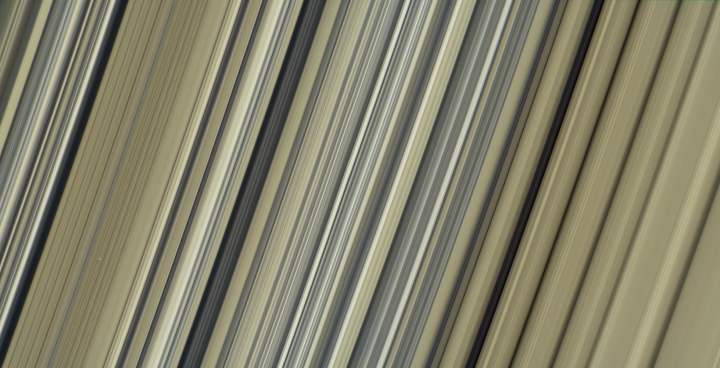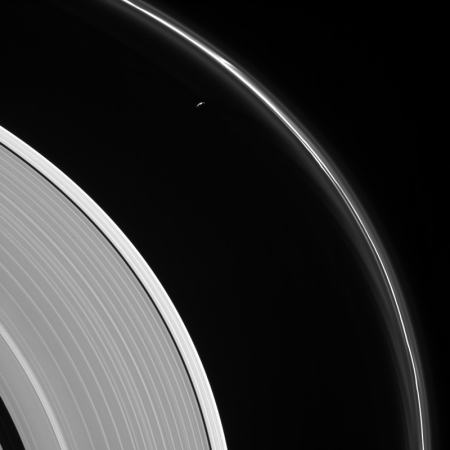Methane detected on Enceladus could come from microbes
The uncertainty of science: New research has found that the methane that Cassini detected being released from Enceladus’s interior could conceivably come from at least one Earth-type microbe.
Using various mixtures of gases held at a range of temperatures and pressures in enclosed chambers called “bioreactors,” Rittmann and his co-authors cultivated three microorganisms belonging to the oldest branch of Earth’s tree of life, known as Archaea. In particular, they focused on Archaean microbes that are also methanogens, which are able to live without oxygen and produce methane from that anaerobic metabolism. The team examined the simplest types of microbes, which could be the primary producers of methane at the base of a possibly more complex ecological food chain within the moon.
They tried to simulate the conditions that could exist within and around Enceladus’s hydrothermal vents, which are thought to resemble those found at a few deep-sea sites on Earth, often near volcanically active mid-oceanic ridges. According to their tests, only one candidate, the deep-sea microbe Methanothermococcus okinawensis, could grow there—even in the presence of compounds such as ammonia and carbon monoxide, which hinder the growth of other similar organisms.
There are a lot of fake news stories today trumpeting this result as proof that alien microbes can exist on Enceladus. The data does no such thing. All it shows that one methane producing microbe could possibly live in an environment that researchers guess might somewhat resemble the situation on Enceladus. However, as the article admits,
Scientists do not really know the precise conditions on Enceladus yet, of course. And in any case it is possible any life there, if it exists, is nothing like any DNA-based organism on our planet, rendering our Earth-based extrapolations moot. What’s more, these findings only show microbial life might exist in one particular subset of possible environments within the moon’s dark ocean.
This result is interesting, but it really proves nothing about Enceladus itself.
The uncertainty of science: New research has found that the methane that Cassini detected being released from Enceladus’s interior could conceivably come from at least one Earth-type microbe.
Using various mixtures of gases held at a range of temperatures and pressures in enclosed chambers called “bioreactors,” Rittmann and his co-authors cultivated three microorganisms belonging to the oldest branch of Earth’s tree of life, known as Archaea. In particular, they focused on Archaean microbes that are also methanogens, which are able to live without oxygen and produce methane from that anaerobic metabolism. The team examined the simplest types of microbes, which could be the primary producers of methane at the base of a possibly more complex ecological food chain within the moon.
They tried to simulate the conditions that could exist within and around Enceladus’s hydrothermal vents, which are thought to resemble those found at a few deep-sea sites on Earth, often near volcanically active mid-oceanic ridges. According to their tests, only one candidate, the deep-sea microbe Methanothermococcus okinawensis, could grow there—even in the presence of compounds such as ammonia and carbon monoxide, which hinder the growth of other similar organisms.
There are a lot of fake news stories today trumpeting this result as proof that alien microbes can exist on Enceladus. The data does no such thing. All it shows that one methane producing microbe could possibly live in an environment that researchers guess might somewhat resemble the situation on Enceladus. However, as the article admits,
Scientists do not really know the precise conditions on Enceladus yet, of course. And in any case it is possible any life there, if it exists, is nothing like any DNA-based organism on our planet, rendering our Earth-based extrapolations moot. What’s more, these findings only show microbial life might exist in one particular subset of possible environments within the moon’s dark ocean.
This result is interesting, but it really proves nothing about Enceladus itself.















